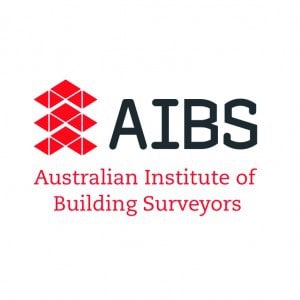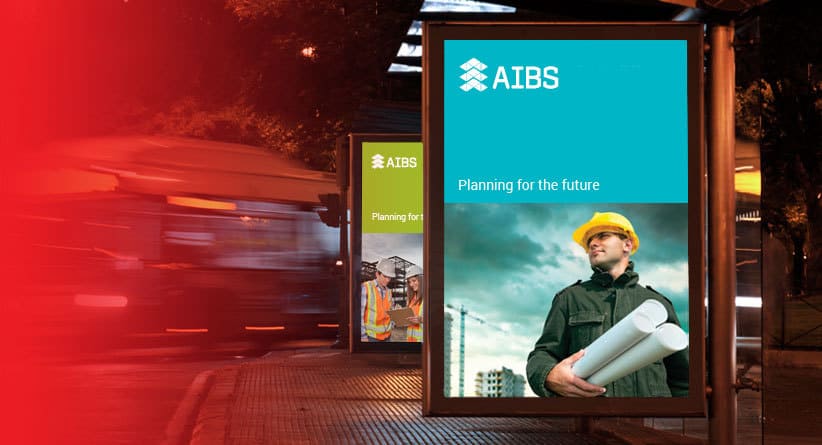Measuring up on the building industry
Building Connection welcomes the introduction of this regular column to support the Australian Institute of Building Surveyors (AIBS). This provides the opportunity to share important industry issues with Australia’s builders and contractors. In this first edition, AIBS chief executive Brett Mace gives readers an introduction to the recently revamped organisation and its members, who account for the greater portion of building surveyors nationally.
Building surveyors play a vital role in ensuring that buildings are safe, accessible and energy efficient. The modern day building surveyor can influence not only the final design of a building but also its planning and functionality. Building surveyors fulfil a variety of key roles from the traditional approval, certification and inspectoral roles, to more specialised consultancy roles in fire, energy efficiency and accessibility.
 The Australian Institute of Building Surveyors was founded in Victoria in 1962 and has subsequently grown to incorporate representatives from each state and territory within Australia. It is recognised nationally and internationally as the peak professional body representing building surveying practitioners in Australia.
The Australian Institute of Building Surveyors was founded in Victoria in 1962 and has subsequently grown to incorporate representatives from each state and territory within Australia. It is recognised nationally and internationally as the peak professional body representing building surveying practitioners in Australia.
As a member-based organisation, the AIBS is primarily committed to the professional development of its members through providing clear educational pathways to ensure constant supply of well-educated building surveyors and that the profession continues to evolve.
It is also committed to ensuring Australian buildings are safe through continuous improvement and development of the profession of building surveying and the highest standards through Professional Development (Education pathways and training) and Advocacy (representing the profession and establishing standards).
In a restructure of the administration of the AIBS undertaken in early 2014, the AIBS moved from a primarily Chapter-based administration system to a centralised national administrative support structure operating from a national office in Sydney.
These changes will ensure AIBS functions efficiently and continues to play a key role in the building and construction industry in Australia.
The new administrative structure focuses on the delivery of all AIBS services nationally through core function areas of:
– Member Services
– Professional Development
– Advocacy
This restructure has delivered:
– A truly national organisation with a cohesive, efficient and centralised management system;
– A higher and more consistent level of support to members across all jurisdictions; and
– Better positioning of the AIBS to effectively represent the profession of building surveying to government and non-government industry bodies.
The AIBS is now focussing on a review of its governance structures consisting of the Board, Chapter Executive Committees, National Committees and Branches.
These functions are undertaken by volunteer members supported by the AIBS administration. The nature of Not for Profit Organisations such as AIBS have changed significantly over the past 10 – 20 years. Key elements that have influenced the changes, particularly for volunteers include:
– Technology, the internet and the associated communication systems;
– Rationalisation of businesses resulting in greater workloads and demands on employees (i.e. our members/volunteers);
– Changing cultures in the work environment;
– Cost of living and affordability of housing (mainly in the cities);
– Greater accountability required of Not for Profit (NFP) Organisations and the increase of professional management.
The reality is volunteers have less time available. They have now become more prudent in what activities they choose to become involved in outside of their main priorities of work, family, and any hobbies they may have.
A Governance Review Discussion Paper has recently been released seeking feedback from AIBS members with a range of changes to be considered taking these factors into account. It is anticipated the governance review will be completed by mid-year.
 The Board is currently working on the development and establishment of a Professional Standards Scheme for Building Surveyors. If implemented, this will be a significant change for AIBS given the quite onerous responsibilities that such a scheme requires in setting and maintaining professional standards and the level of consumer protection the scheme provides for.
The Board is currently working on the development and establishment of a Professional Standards Scheme for Building Surveyors. If implemented, this will be a significant change for AIBS given the quite onerous responsibilities that such a scheme requires in setting and maintaining professional standards and the level of consumer protection the scheme provides for.
Having said that, building surveying would then be recognised in legislation as a profession and provide other benefits to members of the scheme such as limited liability, thereby possibly providing some relief to the rising costs of professional indemnity insurance and the current exposure of building surveyors in this area. There is no doubt that the one of the key outcomes would be the raising of professional standards right across the board for building surveying which would benefit the consumer, public and the industry.
On a final note, one key area of concern for AIBS that we are currently seeking to address with many in the construction industry is that of Non-Conforming Products (NCP).
Much has been made of this in the media lately and the issue was brought to the fore (though it has been around for some time) through the Lacrosse fire in Melbourne’s Docklands area. Building surveyors have been unfairly misrepresented and targeted in the news media. While building surveyors have a role to play in this area, the AIBS believes, as do many of our fellow professional bodies, that effective management of the NCP issue is a shared responsibility of all building practitioners and professionals at all stages of the building process to ensure that only products that conform, are fit for purpose and subsequently specified and used in accordance with the manufacturers specifications, are used on all buildings nationwide.
This is an area the AIBS will continue to strongly advocate in especially through our involvement with the Construction Product Alliance and via representation to the Australian Building Codes Board (ABCB) and the respective State Regulators.
